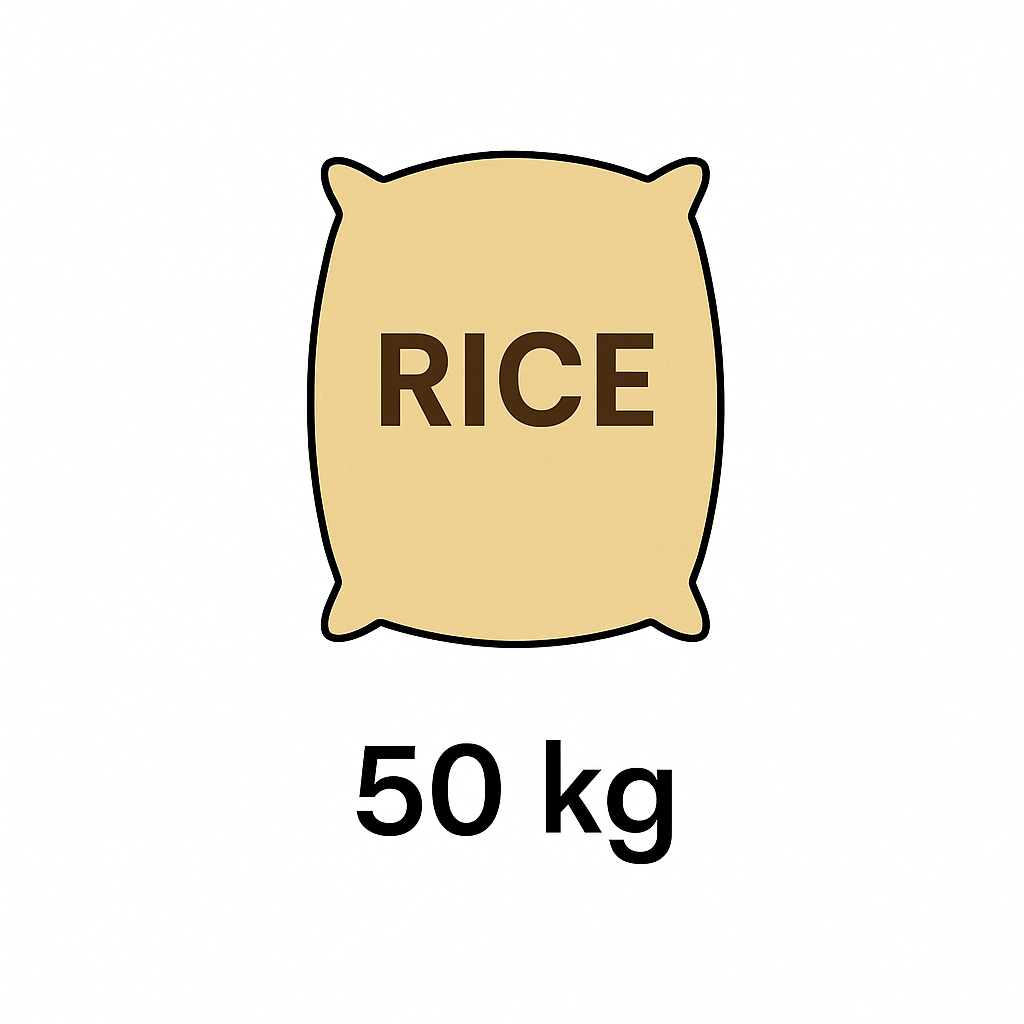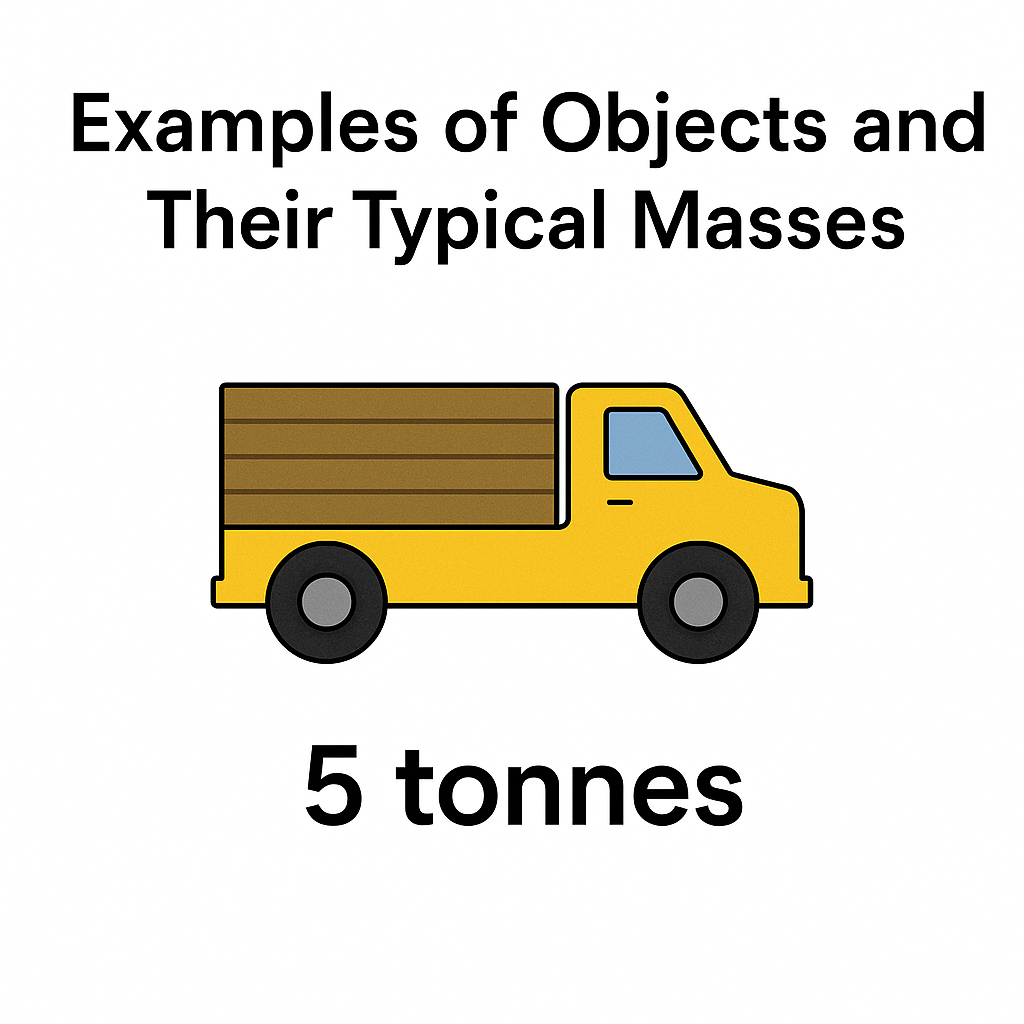Shopping cart
Hello There!
Welcome to GattPrep, your Guide for Life and Learning
Have you ever checked the weight of rice at the market, weighed yourself at home, or read the back of a cereal box? All these involve measuring mass.
Mass is an important part of daily life — we use it in cooking, farming, health, and even buying goods. In this lesson, you’ll master how to measure and convert between different mass units, and solve real-life word problems confidently.
Mass is the amount of matter in an object — how much “stuff” it contains. It is measured using a balance or scale.
Weight, on the other hand, is the force of gravity acting on mass. In everyday life, we often say “weight” when we mean “mass.”
Important: Mass does not change with location, but weight does!
| Unit | Symbol | Conversion | Used For |
|---|---|---|---|
| Milligram | mg | 1 g = 1,000 mg | Tablets, chemicals |
| Gram | g | 1,000 g = 1 kg | Food, lab samples |
| Kilogram | kg | 1,000 kg = 1 t | Body weight, goods |
| Tonne | t | 1 t = 1,000 kg | Vehicles, farming loads |
| Unit | Example Use |
|---|---|
| mg | Weight of a medicine tablet |
| g | Weight of a slice of bread |
| kg | Weight of a person or sack of rice |
| t | Weight of a truckload of maize |




Example 1: Convert 12.5 kg to grams.
Example 2: A sack of cocoa weighs 78,000 g. How many kilograms is that?
Example 3: A farmer harvested 3.2 tonnes of yams. Convert to kilograms.
Match the object to the correct estimate:
Mass is a measurement of how much matter is in an object. The most used units are g, kg, and tonnes. You can convert between them by multiplying or dividing by 1,000. Always check your units and label your answers correctly.
Think of 3 items at home you could weigh — one in grams, one in kilograms, and one in tonnes (estimated). Why is it important to use the correct unit for each?